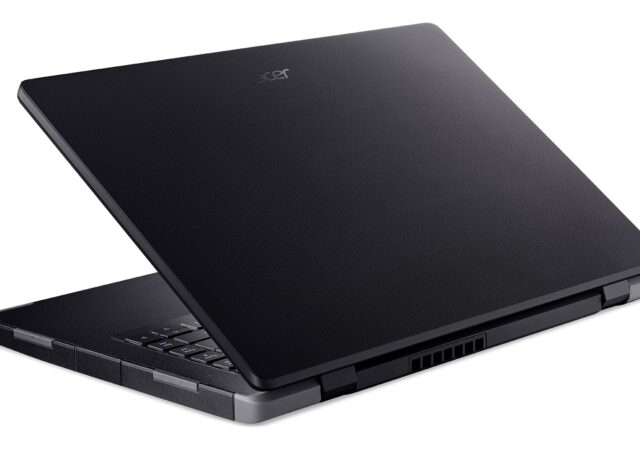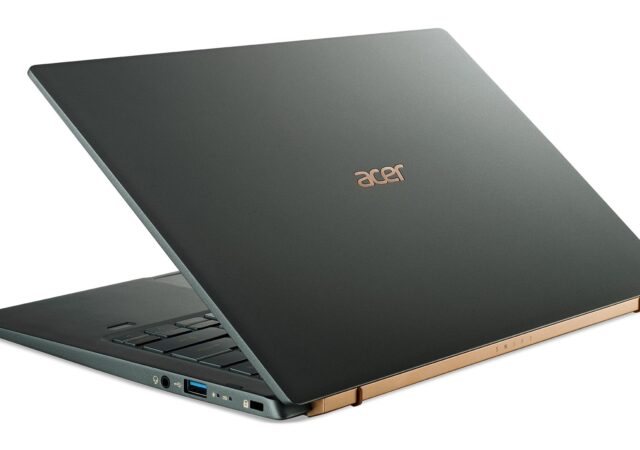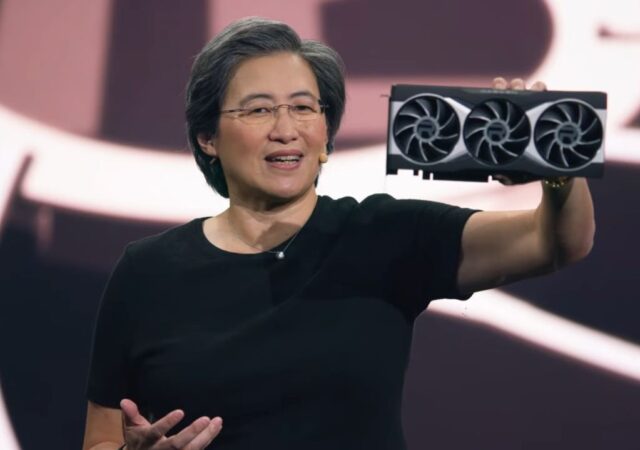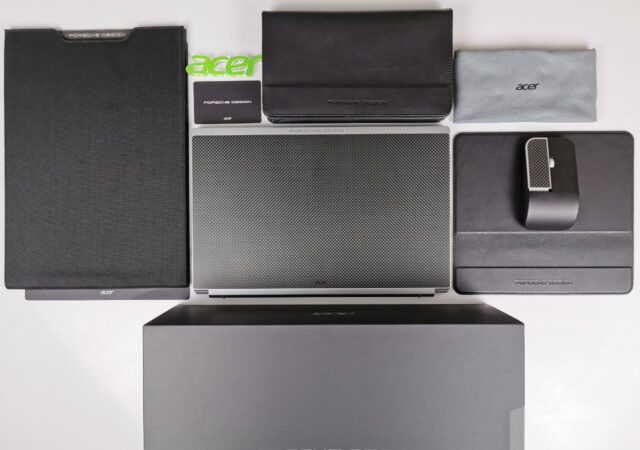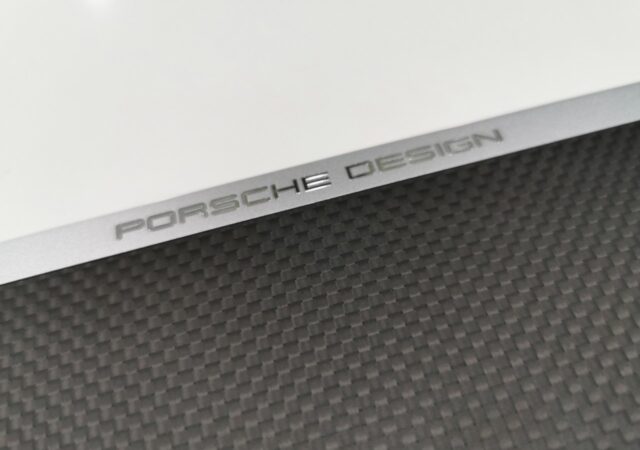Predator by Acer has just introduced their new baby Predator desktop, the Orion 3000 in Malaysia with prices starting at MYR 4,099.
Working Harder and Better with Acer’s TravelMate P2 And the New Enduro Series
Acer launches a row of extra rugged notebook PC with militarty build standards. The Travelmate P2, Enduro N3, and Enduro T1 is availble now.
Acer Launches the Swift 3 and Swift 5 – Next Generation Ultrabook for the Discerning Working-Class Malaysian
Acer launches their latest 11th gen Intel packed Swift 5 and Swift 3 in Malaysia. Prices start from MYR 3,999 and 3,299 respectively.
Samsung Brings TizenOS to new Lifestyle Smart Monitors with Apple AirPlay 2
Samsung announces a new range of Smart Monitors which bring features that make it optimised for both work and play.
Dell Pulls Out of Retail in Malaysia & Singapore
Dell Technologies will no longer have a retail presence in Malaysia and Singapore as the company decides to bring sales in house via its online store.
AMD’s Big Navi Launches! The RX 6000 Takes on the World!
AMD launches their latest Radeon RX 6000 “Big Navi” series GPUs with RDNA 2 architecture with the RX 6900 XT, RX 6800 XT and RX 6800.
First Look at the Porsche Design Acer Book RS – A Star is Born
We had a first look and hands-on the Porsche Design Acer Book RS. The Book RS is Acer’s latest premium notebook PC launched at Next@Acer 2020.
[Next@Acer] Acer’s New Monitors Are Easy on The Eyes
Acer introduces three new monitors at Next@Acer 2020 for those that works from home, works for extended hours, and even movie junkies.
[Next@Acer] Porsche Design Acer Book RS Unveiled
Acer, at Next@Acer has unveiled their new Book RS, a product of their collaboration with Porsche Design with all-metal and carbon fiber body. The 1.25kg notebook packs up to Intel’s 11th generation Core i7 and up to an NVIDIA GeForce MX350.
[next@Acer] Acer ConceptD 7 & 7 Pro Gains 10th Gen Intel Processors & a New Compact D 300
Acer’s ConceptD laptops have carved out a unique niche for the company in addressing the unique needs of creators. In fact, Acer was one of the pioneers of the “made for creators” moniker when they announced their first ConceptD line…




